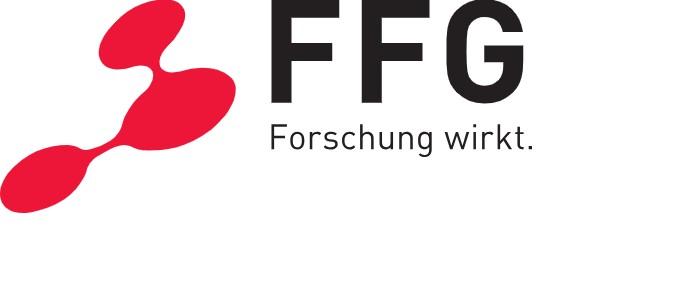FluccoSan
FluccoSan focuses on the comprehensive development and research of climate-neutral, resilient and recyclable refurbishment strategies for existing residential buildings, with a focus on the utilisation of energy flexibility.
Motivation:
The thermal and energy-efficient refurbishment of existing buildings is crucial for the energy transition. There is great potential in residential buildings due to the high proportion of existing buildings in Austria. These buildings must necessarily be optimised in terms of their energy performance, circularity and comfort, whereby on the one hand only comprehensive and immediate concepts are often planned in previous refurbishments. Approaches that compare the (multi-dimensional) effort with the benefit or effect often remain unconsidered. On the other hand, the potential for energy flexibility in existing buildings is generally considered to be low. With this assessment, existing buildings would not be able to cope with a future renewable and fluctuating energy system.
For these reasons, the project has set itself the overarching goal of utilising energy flexibility in existing buildings, which is why the following individual goals have been defined:
- “Dynamic” refurbishment – development of refurbishment solutions with varying degrees of invasiveness and effort that can provide more energy flexibility for the future energy system with higher cost efficiency and user comfort, and whose contribution to climate neutrality is clarified
- Verification and validation – experimental testing of the solutions with regard to building physics behaviour as well as comfort and sufficiency acceptance by users in order to identify risks and opportunities for energy-flexible and grid-supportive control, as well as systematic accompanying social science research on user motives and acceptance
- Development of a holistic evaluation concept of the solutions with regard to their contribution
– to climate neutrality through the provision of energy flexibility and greenhouse gas intensity in operation and over the life cycle
– to resilience by quantifying co-benefits and user comfort and acceptance, and
– for circularity by assessing resource intensity over the life cycle.
The three expected results of the project are:
- experimentally tested dynamic user comfort model for existing buildings, which allows conclusions to be drawn about energy and thermal refurbishment measures as well as practical findings on improving comfort and well-being during and after refurbishment, measured by quantitative and qualitative methods
- model for integrating the user comfort model into the building system control and combination with grid supportive signals
- dynamic refurbishment guidelines for the utilisation of energy flexibility in existing buildings based on holistic overall assessments of energy flexibility, comfort, users, circularity and climate neutrality for existing buildings and their types
FluccoSan goes beyond the technological aspects by paying particular attention not only to the energy aspects, but also to the social, physiological and ecological dimensions. The primary objective is to generate well-founded findings that drive the transformation of existing buildings into climate-neutral, energy-flexible and comfortable living spaces.


Lecturer/Researcher